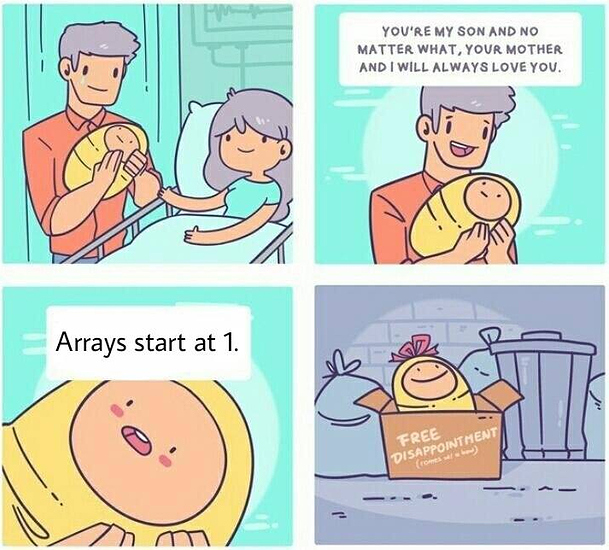Squarespace. The self-hosting isn’t the issue so much as the building/designing. That said, I could see myself migrating to Ghost as some point. Looks like they’ve added a lot of features since I initially checked it out years ago.
Ghost was nice but I can’t stand the ability to not tweak stuff, especially if I plan to do documentation.
What can’t you tweak? The UI or backend stuff? I’d definitely need to change the frontend for design/branding like the squarespace.
There’s a templating engine and you can build your own templates, but articles have to fall in fairly strict format restrictions.
Do I even need /boot if I’m using systemd-boot? Seems like everything is in the esp…
nvm, there’s some stuff in there
Quick plug for @marelooke’s blog. Very interesting things there. I find myself wanting to comment but it’s all over my head so I don’t know what to say.
my /boot is the ESP. I keep the kernel and initrd on it, just make it like 350MB+
So, for my EFI-only systems, I do this:
/dev/sda2 / ext4 default,noatime 0 0
/dev/sda1 /boot xfat default 0 0
Or so.
Are you using systemd-boot? ESP on /boot is recommended in the arch wiki, but you can do it a couple ways. I ended up switching to grub because I want encrypted vmlinuz which isn’t possible with anything else afaik. In the future I might go for secureboot but felt like I was already taking on a lot for my first arch attempt.
Before that I kind of want to try using dracut instead of mkinitcpio just because everything else uses dracut…
On my desktop, yes. On my laptop no.
Although, my laptop may have a separate ESP to boot.
Bios ability to boot from each mirror member without clumsy rsync nonsense or sketchy md mirror hack between ESPs is a compelling reason to stick with it over EFI where possible, imo. Although for workstation, secureboot EFI is probably best.
I don’t fuck with mirrors, so that’s not really a problem for me.
Quick command if you ever want to scrape Wireguard credentials from a macOS host. It will prompt you for a password, so you can’t really do it nefariously, but good for pulling support info from a client when they are having issues with it…
security find-generic-password -a "$(security find-generic-password -s com.wireguard.macos | grep acct | cut -d '"' -f 4)" -s com.wireguard.macos -g 2>~/Desktop/support_info.txt >/dev/null
sed -e 's/PrivateKey = [[:graph:]]*/PrivateKey = REDACTED/g' ~/Desktop/support_info.txt |
tee ~/Desktop/support_info.txt >/dev/null
ifconfig -a >> ~/Desktop/support_info.txt;
Spent a lot of time today wondering why I could only log in as root on my Arch vm.
I had set the user shell to /usr/bin/sh, but of course /etc/shells lists it as /bin/sh. Dumb.
sh is always in /bin.
It’s a core component, that needs to be available if /usr is not mounted.
Is it in /usr/bin on osx or something?
Opposite actually.
Arch:
% ls -ld /bin
lrwxrwxrwx. 1 root root 7 Sep 2 18:30 /bin -> usr/bin
% which command sh
command: shell built-in command
/usr/bin/sh
macOS:
❯ ls -ld /bin
drwxr-xr-x@ 38 root wheel 1216 Nov 5 21:26 /bin
❯ which command sh
command: shell built-in command
/bin/sh
the fuck?
oh arch. why you do this?
/etc/shells has the proper configuration, not sure what tard did that.
Found it:
https://www.archlinux.org/news/binaries-move-to-usrbin-requiring-update-intervention/
I guess I’m just a boomer.
IIRC, maybe Debian still had /bin until relatively recently, but I think most distros link it now.
I think the idea is that the essential system partitions should all be mounted by the initramfs.
Yeah, I guess with initramfs now, we don’t really need /bin separate.
I know you were talking about VyOS LTS access in another thread, they have some Cyber Monday/Holiday deals including a free LTS subscription if you have professional level certification from another vendor (so no to CCNA but yes to CCNP for example). https://blog.vyos.io/cyber-monday-more-thanks-and-more-special-offers
